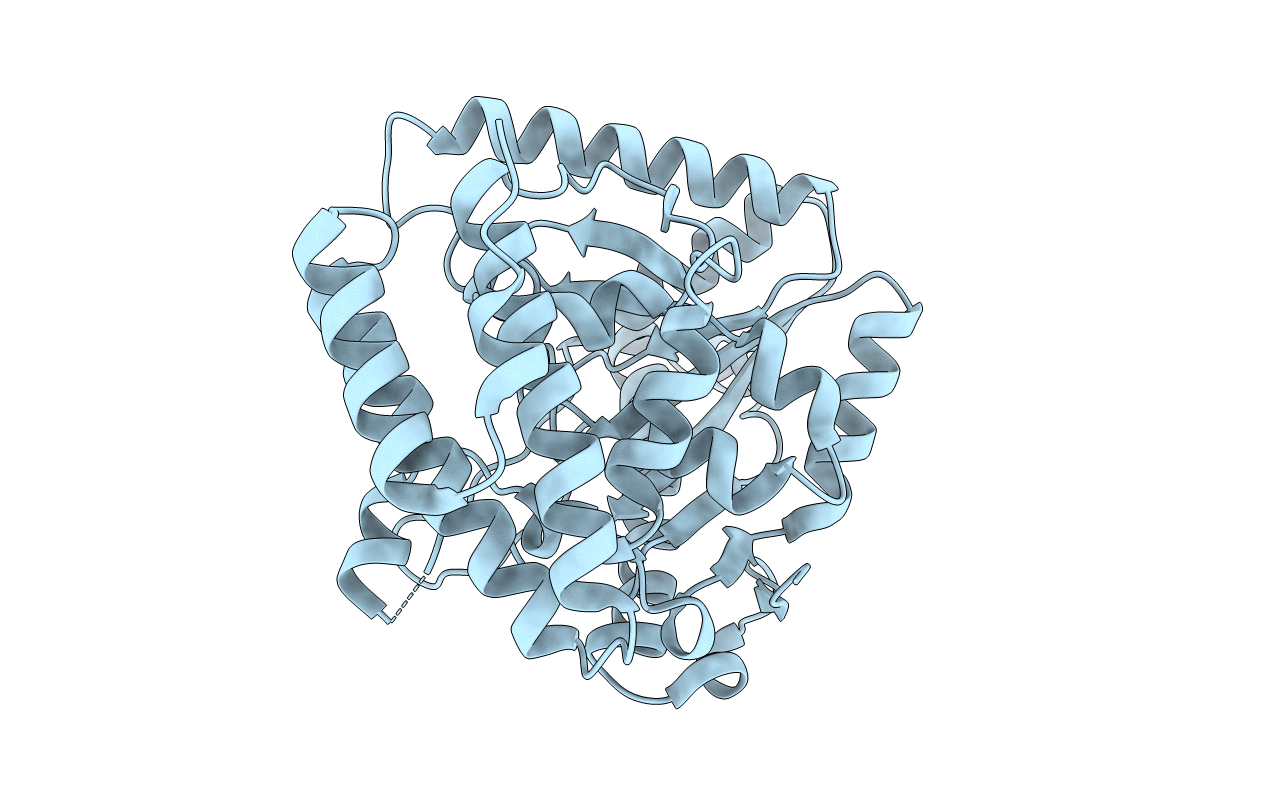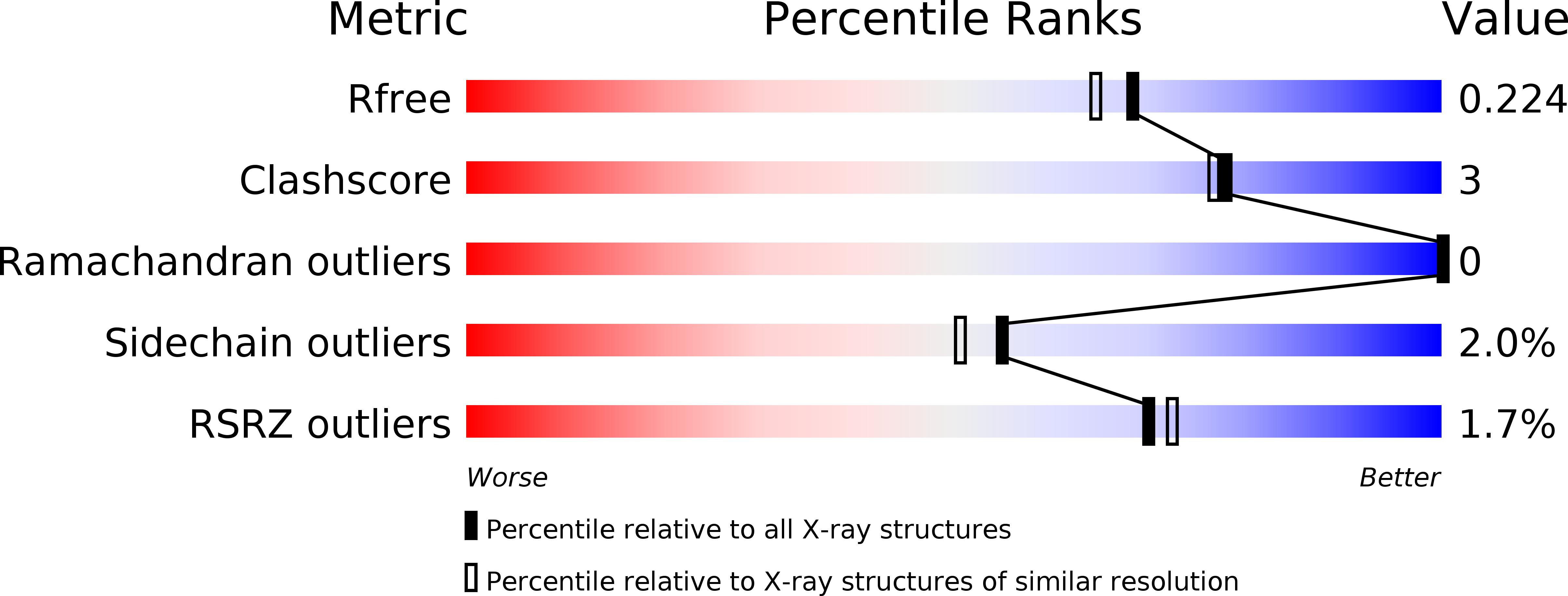
Deposition Date
2001-10-01
Release Date
2001-10-31
Last Version Date
2024-02-07
Entry Detail
PDB ID:
1K30
Keywords:
Title:
Crystal Structure Analysis of Squash (Cucurbita moschata) glycerol-3-phosphate (1)-acyltransferase
Biological Source:
Source Organism:
Cucurbita moschata (Taxon ID: 3662)
Host Organism:
Method Details:
Experimental Method:
Resolution:
1.90 Å
R-Value Free:
0.22
R-Value Work:
0.18
R-Value Observed:
0.18
Space Group:
P 21 21 21


